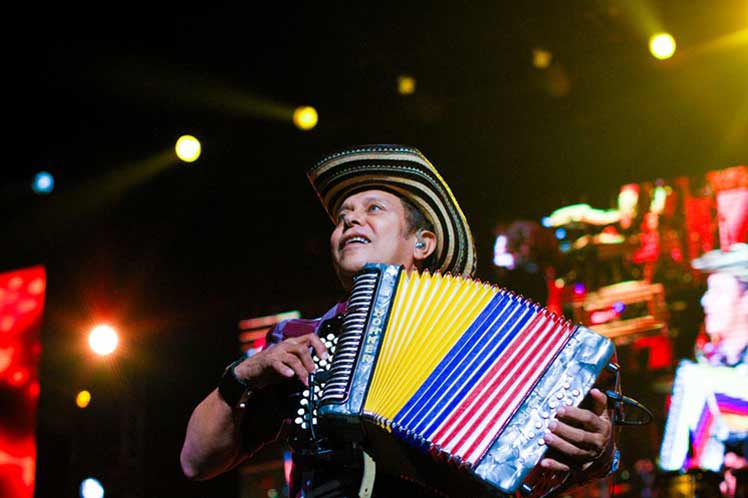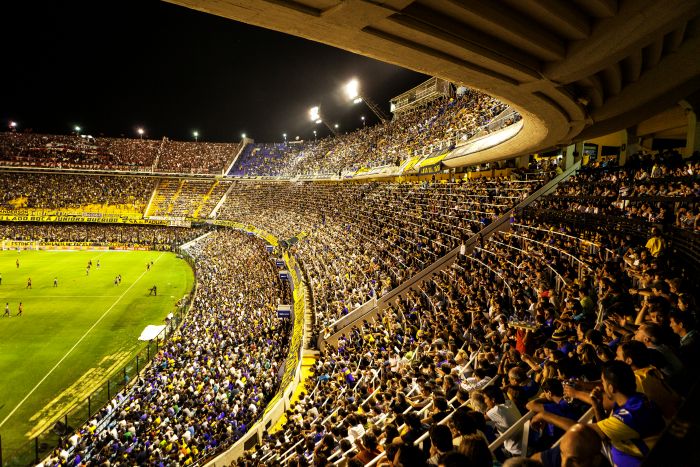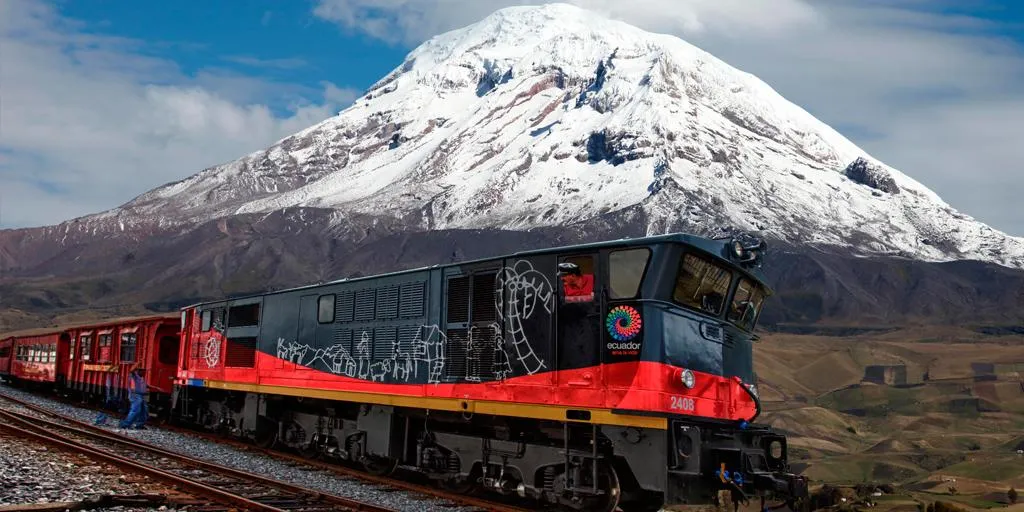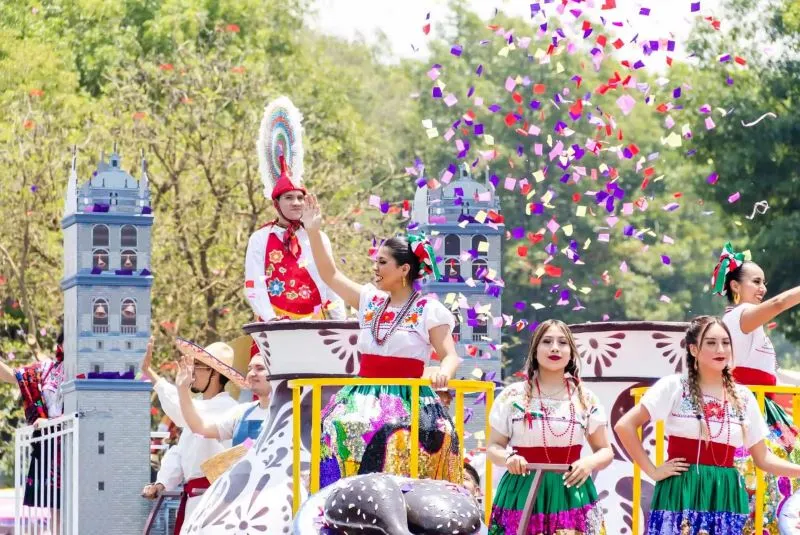Le Vallenato, avec ses mélodies entraînantes et ses paroles poétiques, est bien plus qu’un simple genre musical en Colombie : c’est le reflet de l’âme d’une région et de son peuple. Originaire de la région de Valledupar, ce style musical est devenu l’un des symboles les plus emblématiques de la culture colombienne.
Origines et Histoire
Le Vallenato trouve ses racines dans la région du Magdalena Grande, en particulier dans la ville de Valledupar. Son nom provient du terme “Valle de Upar”, faisant référence à la vallée où cette musique est née. Les origines du Vallenato remontent à l’époque précolombienne, où les peuples indigènes utilisaient déjà des instruments tels que la flûte de millo et la guacharaca pour exprimer leurs émotions et raconter leurs histoires.
L’accordéon est introduit dans la région par les espagnols au milieu du 19eme siècle, ajoutant une nouvelle dimension à la musique locale et à la naissance du style Vallenato au début du siècle dernier. Au fil du temps, le Vallenato s’est enrichi de diverses influences, notamment africaines et européennes, pour donner naissance à ce que nous connaissons aujourd’hui.
Importance culturelle
Le Vallenato est bien plus qu’une simple mélodie : c’est une histoire, une tradition, une expression de la vie quotidienne des habitants de la région. Les paroles des chansons Vallenato racontent des histoires d’amour, de tristesse, de joie et de la vie quotidienne, reflétant ainsi les émotions et les expériences du peuple colombien.
En 2015, l’UNESCO a reconnu le Vallenato comme patrimoine culturel immatériel de l’humanité, soulignant son importance non seulement pour la Colombie, mais aussi pour le monde entier.
Le Vallenato a produit de nombreux hits qui ont touché le cœur des Colombiens et des amateurs de musique du monde entier. Des chansons comme “La Gota Fría” de Emiliano Zuleta, qui parle d’une rivalité amicale entre deux musiciens, ou “Los Caminos de la Vida” de Los Diablitos, une mélodie mélancolique sur les défis de la vie, sont devenues emblématiques. Rafael Escalona, considéré comme l’un des plus grands compositeurs de Vallenato, a laissé un héritage indélébile avec des chansons comme “El Testamento”. Ces morceaux, parmi tant d’autres, illustrent la richesse émotionnelle et narrative du Vallenato, faisant écho aux joies, aux peines et aux histoires du peuple colombien.
Influence et rayonnement
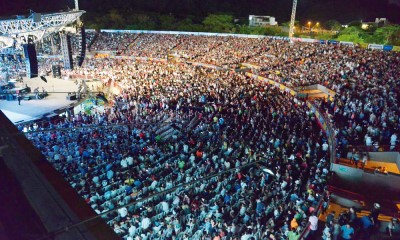
Le Vallenato a dépassé les frontières de sa région d’origine pour conquérir le cœur des Colombiens et des amateurs de musique du monde entier. Des artistes tels que Carlos Vives ont joué un rôle crucial dans la popularisation du Vallenato, en fusionnant ses rythmes traditionnels avec des genres modernes comme le pop et le rock.
Aujourd’hui, le Festival de la Leyenda Vallenata, qui se tient chaque année à Valledupar, attire des milliers de visiteurs du monde entier, venus célébrer et découvrir cette musique unique.
Le Vallenato est le reflet de l’âme colombienne, une mélodie qui raconte l’histoire d’un peuple, ses joies, ses peines et ses espoirs. Plus qu’un simple genre musical, c’est un héritage culturel qui continue de vivre et de se transmettre de génération en génération, témoignant de la richesse et de la diversité de la Colombie.

